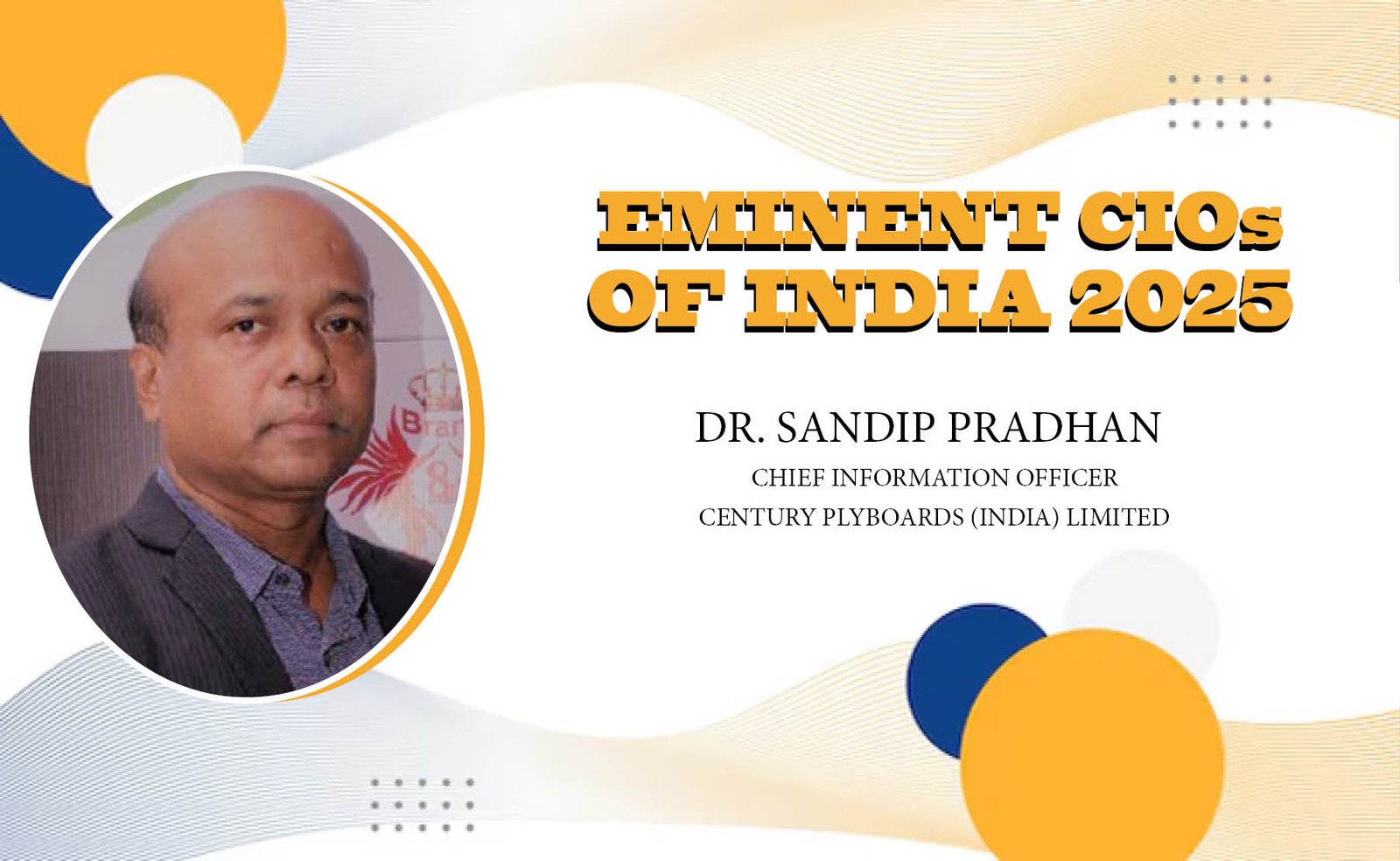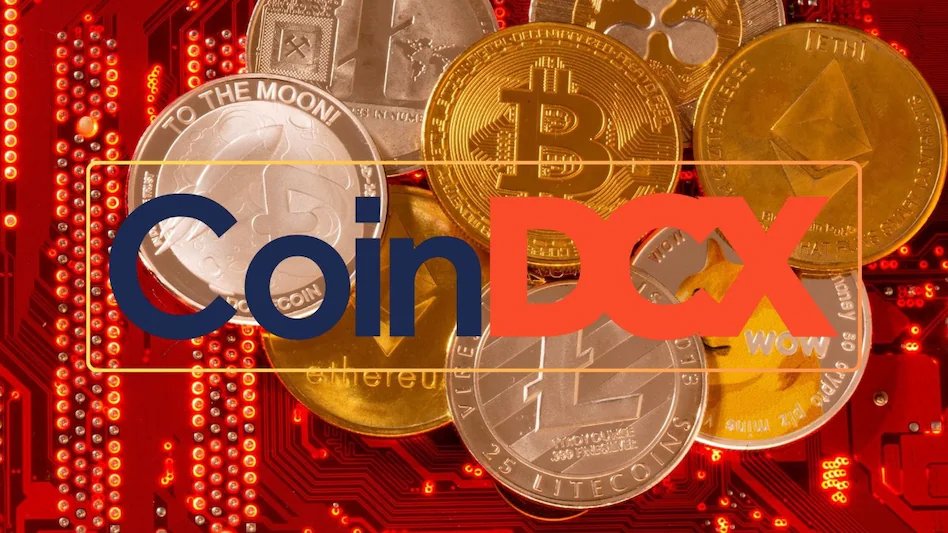Dr. Sandip Pradhan, Chief Information Officer, Century Plyboards (India) Limited
Enterprises have started embracing transformative technologies that redefine how they operate and innovate. Agentic AI—autonomous systems capable of complex decision-making—and Ambient Invisible Intelligence are seamlessly embedding contextual computing into workflows. Spatial computing is enhancing collaboration through immersive, mixed-reality environments. Meanwhile, AI governance platforms are emerging to ensure ethical and compliant deployment of models. Security is also evolving, with Post-Quantum Cryptography preparing organizations for quantum-era threats, and Hybrid Computing blending cloud, edge, and on-premises resources to ensure optimal performance and resilience. These technologies signify a shift toward intelligent, adaptive, and integrated digital infrastructures.
The CIO’s Shift from IT Manager to Value Creator
The role of the CIO has expanded significantly. No longer confined to IT management, CIOs are becoming strategic enablers, driving enterprise value. They lead cross-functional innovation through modernized data architectures and AI-powered “analytics factories.” Instead of treating cloud services as cost centers, they now manage them as strategic assets. CIOs are embedding sustainability metrics into tech roadmaps and focusing on upskilling employees in digital fluency. Balancing legacy systems with new technologies like generative AI, CIOs are central to bridging technological capabilities with long-term business objectives.
Building a Security-First Culture Across All Levels
Organizations are embedding cybersecurity awareness at every stage—from recruitment and onboarding to performance evaluations. Regular, role-specific training, phishing simulations, and threat-based learning modules reinforce cyber hygiene. Leadership plays a key role by championing initiatives, recognizing compliance, and fostering transparent reporting environments. Feedback mechanisms, such as surveys and threat-intelligence dashboards, allow for real-time program updates, ensuring persistent organizational vigilance against cyber threats.
AI, Automation, and Zero Trust in Enterprise Security
Enterprises are integrating predictive AI and behavioral analytics to fortify Zero Trust frameworks, validating every access request and flagging threats in real time. Automation enhances security operations by accelerating incident response and streamlining threat mitigation. Identity proofing powered by AI continuously assesses risks and adjusts access dynamically. Together, AI, automation, and Zero Trust form a unified, resilient security strategy, reducing vulnerabilities while improving efficiency.
As these transformations unfold, CIOs, CTOs, CISOs, and DPOs are evolving into collaborative leaders, each with specialized mandates yet united by the shared goal of driving innovation, security, and regulatory compliance.






